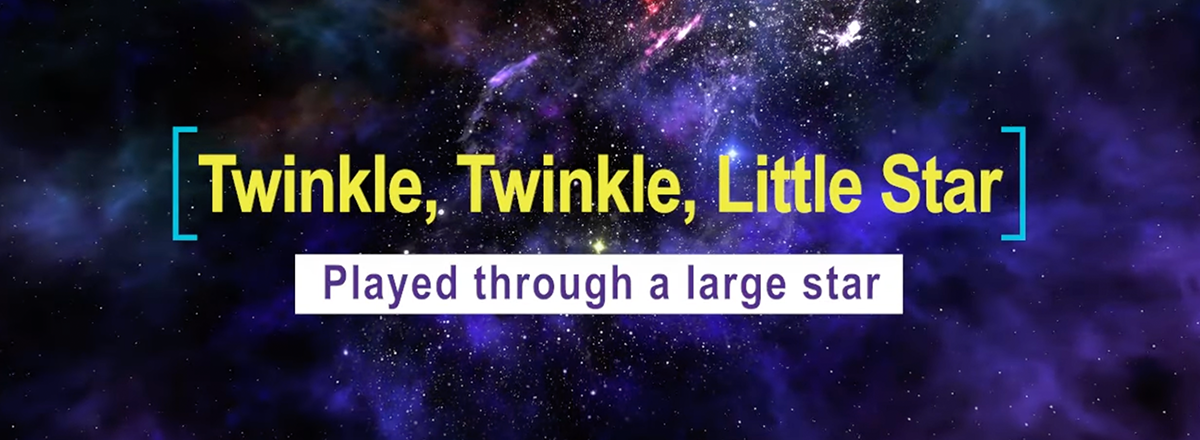Astronomers Reveal What a Twinkling Star Sounds Like
While this natural twinkle isn't visible to telescopes on Earth, the Northwestern University research team achieved a breakthrough. They accurately modeled the energy rippling caused by convection in a star's core and then translated these patterns into sound.

Astronomers at Northwestern University have developed 3D simulations of the energy ripples that emanate from the cores of massive stars to their outer surfaces. These simulations not only revealed how stars naturally twinkle, but they also converted these rippling waves into audible sound waves, offering a fascinating glimpse into the cosmic symphony.
Traditionally, we associate star twinkling with the Earth's atmosphere distorting starlight. However, stars also possess an intrinsic twinkling phenomenon due to the movement of gases within them. While this natural twinkle isn't visible to telescopes on Earth, the Northwestern University research team achieved a breakthrough. They accurately modeled the energy rippling caused by convection in a star's core and then translated these patterns into sound waves that we can hear.
The results of this study, published in Nature Astronomy, could pave the way for future telescopes to observe surface effects that illuminate the inner workings of stars. Convection zones within stars, akin to the processes that fuel thunderstorms, generate waves that propagate like those on the ocean. When these waves reach a star's surface, they create the subtle twinkling effect that astronomers may eventually be able to observe directly. By translating these waves into sound, the researchers have provided an auditory perspective on the mysterious twinkling of stars.

